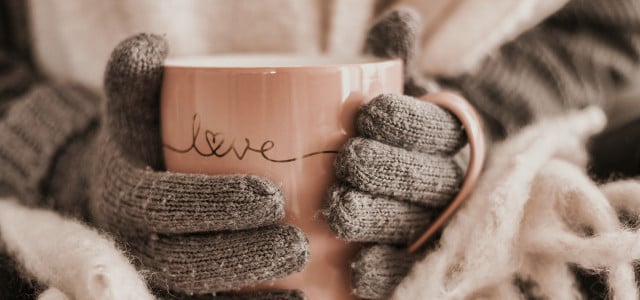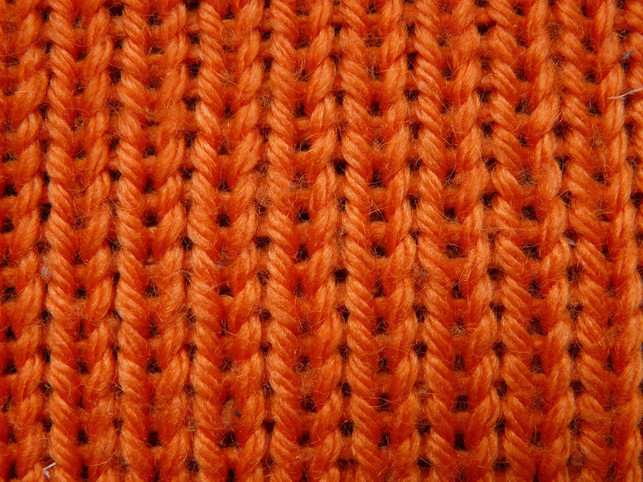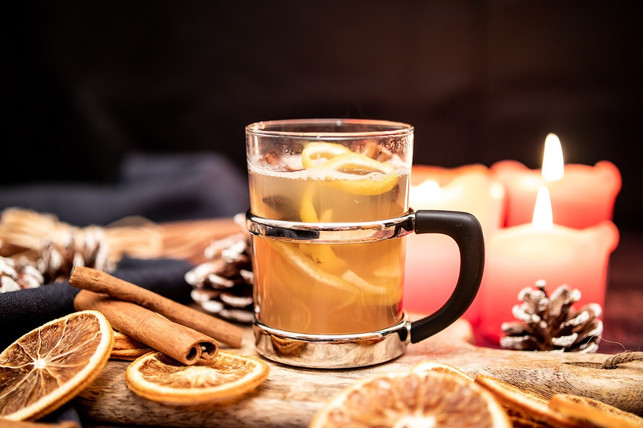
There are various ways to avoid hypothermia when you are outside for a long time in the winter. Here you will find out how you can keep as much heat as possible in your body, even in sub-zero temperatures.
The temperatures are well below zero degrees Celsius and you’re setting off on a long hike, having a stall at the Christmas market or spending most of the day outside for other reasons: In these cases, you should take some measures to ensure that your Your body stays warm for as long as possible and you don’t cool down. To avoid hypothermia, the following applies in particular: the right outfit, the right materials, protecting your head, hands and feet and no alcohol.
Against hypothermia: The onion principle
One of the most effective ways to stay warm in winter is the onion principle. You wear several layers of clothing on top of each other and thus counteract hypothermia. These are made of different materials with different thicknesses. Each layer has a function:
-
Base layer: Tight underwear and breathable materials like merino wool keep skin dry.
-
Middle layer: A fleece or wool sweater retains warmth.
-
Outer layer: A wind- and water-repellent jacket protects against external influences.
You can use the onion principle not only for the upper body, but also for the legs, feet and hands to avoid hypothermia. For example, on particularly cold days you can wear long underwear or leggings under your jeans. For your feet, you can use tight-fitting cotton socks and layer thick wool socks over them. You can also stack gloves of different thicknesses on top of each other. You can find out more about this topic here: Learning from vegetables: How to dress properly now.
Tip: The cold air removes moisture from the skin. It is therefore best to apply a greasy cream before spending time outdoors to protect the skin from cold and dryness. This is particularly important for people with dry skin. Lip balm helps against chapped lips. Try our DIY grapefruit lip balm.
Which fabric warms best?

(Photo: CC0 / Pixabay / Hans)
To avoid hypothermia, it is also crucial what materials the clothes you wear are made of:
-
Wool is a fiber that insulates very well, textile researcher Jan Beringer told the RND. The following applies: the finer the fiber, the better the thermal performance. That’s why cashmere, merino or alpaca wool keeps you warm particularly well. However, these types of wool are also particularly expensive. In addition, wool is an animal product and animals sometimes have to suffer a lot of pain to produce it. You can find out what you can pay attention to when buying wool to avoid animal suffering here: Sustainable wool from sheep etc.: This is what you need to know.
-
Cotton does not warm as well because the fiber cannot trap enough air. According to Beringer, clothing made from cotton is therefore more suitable for summer.
-
According to Beringer, down is the best way to retain heat. For this reason, many warm winter jackets are made of down. However, the material is problematic: it is fine feathers from ducks and geese. In order to increase profits, not only dead animals but also live ones are plucked. This causes a lot of suffering for the birds. To avoid supporting such practices, you can pay attention to the Global Traceable Down Standard when purchasing. You can find out more about this topic here: Down: What are the certifications worth?
-
Polyester is a plastic that is also used in the textile industry. It also retains heat relatively well and is therefore found in fleece jackets, for example. However, this material also comes with some problems: When you wash clothes made of polyester, tiny plastic pieces come out and end up in the environment as microplastics.
Against hypothermia: protect your head and hands
A lot of heat is lost through the head. A warm hat is therefore essential if you want to protect yourself from hypothermia on cold days. If you are particularly cold, you can also put a thick hood over your headgear.
Gloves shouldn’t be missing either – ideally ones that are waterproof and windproof. Gloves offer more freedom of movement, but mittens usually keep you warm better because the fingers warm each other.
Change wet clothing immediately
Wetness is one of the biggest cold factors. If your clothes or shoes get wet, you should change them as quickly as possible to avoid hypothermia. Dry clothing insulates better and helps maintain body temperature.
If you go hiking, skiing or do another sporting activity for a long time in winter, you will quickly start to sweat. Sweat also makes clothing damp and promotes hypothermia. That’s why you should always take a change of clothes with you for such activities.
Alcohol promotes hypothermia

(Photo: CC0 / Pixabay / kaheig)
At first glance, warm alcoholic drinks like mulled wine might seem like a good idea to warm you up. The first sip of alcohol often gives you the impression that it is warming your body. However, this is a fallacy: alcohol actually dilates blood vessels and causes the body to lose more heat. You can find out more about this here: Mulled wine to warm up: Why that’s not a good idea.
To prevent hypothermia, you should therefore opt for hot, non-alcoholic drinks such as tea. Hot meals also provide energy and help warm the body from the inside.
Hypothermia: what to do?
In the worst case, hypothermia can result in hypothermia. This medical term describes a stage in which the core body temperature drops below 36 degrees Celsius. This occurs when people are exposed to temperatures that are too low for a long time.
The first signs of hypothermia include restlessness, severe shaking and hyperventilation. In the further stages, those affected become increasingly confused, begin to partially undress and may eventually become unconscious.
Since such severe hypothermia can be very damaging to your health, you should help those affected immediately at the first signs. Then call the emergency number immediately. In the first stage, you can take the affected person to a warm place, wrap them in warm blankets and give them warm drinks. From the second stage onwards, however, you should no longer make any active attempts to warm up, but instead place the person in a stable side position and just cover them.
Read more on Techzle\.com:
- Why these 11 foods are not a good choice in winter
- Mild winter: This is what it means for nature
- This way you get enough vitamins even in winter
** marked with ** or orange underlined Links to sources of supply are partly partner links: If you buy here, you are actively supporting Techzle\.com, because we then receive a small part of the sales proceeds. More info.